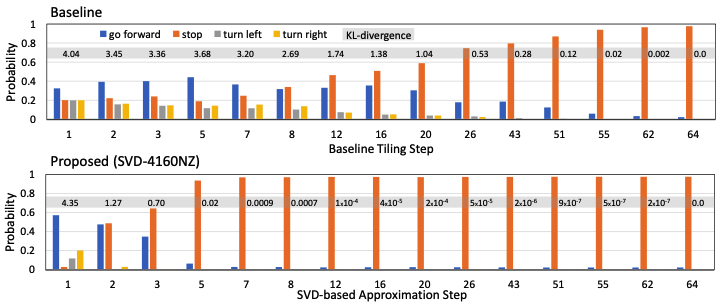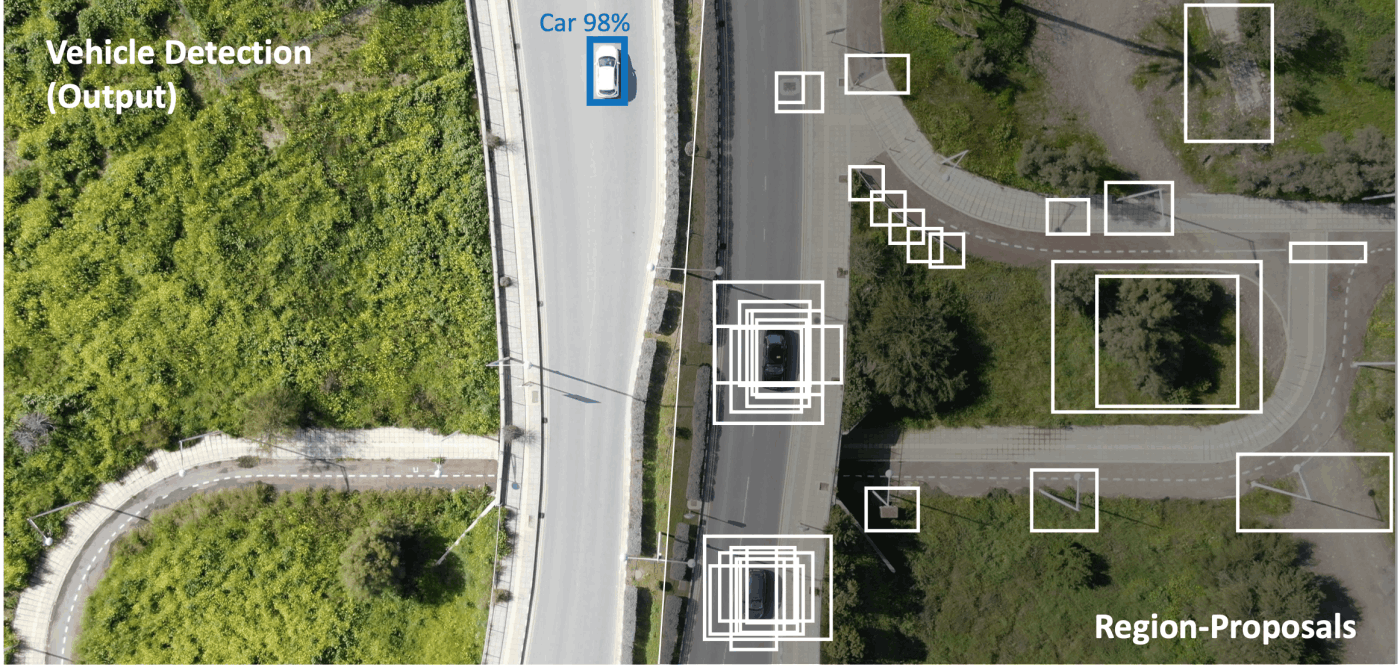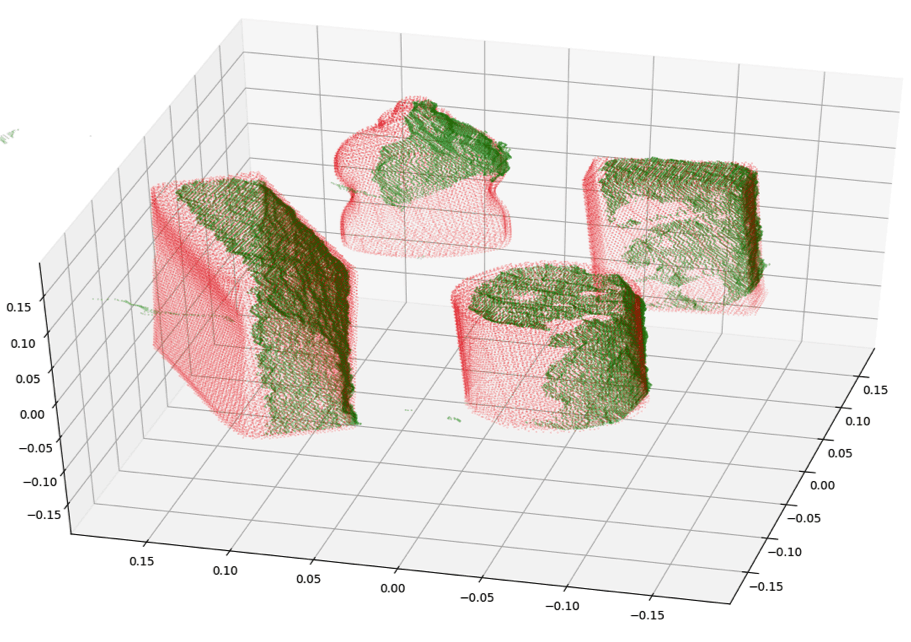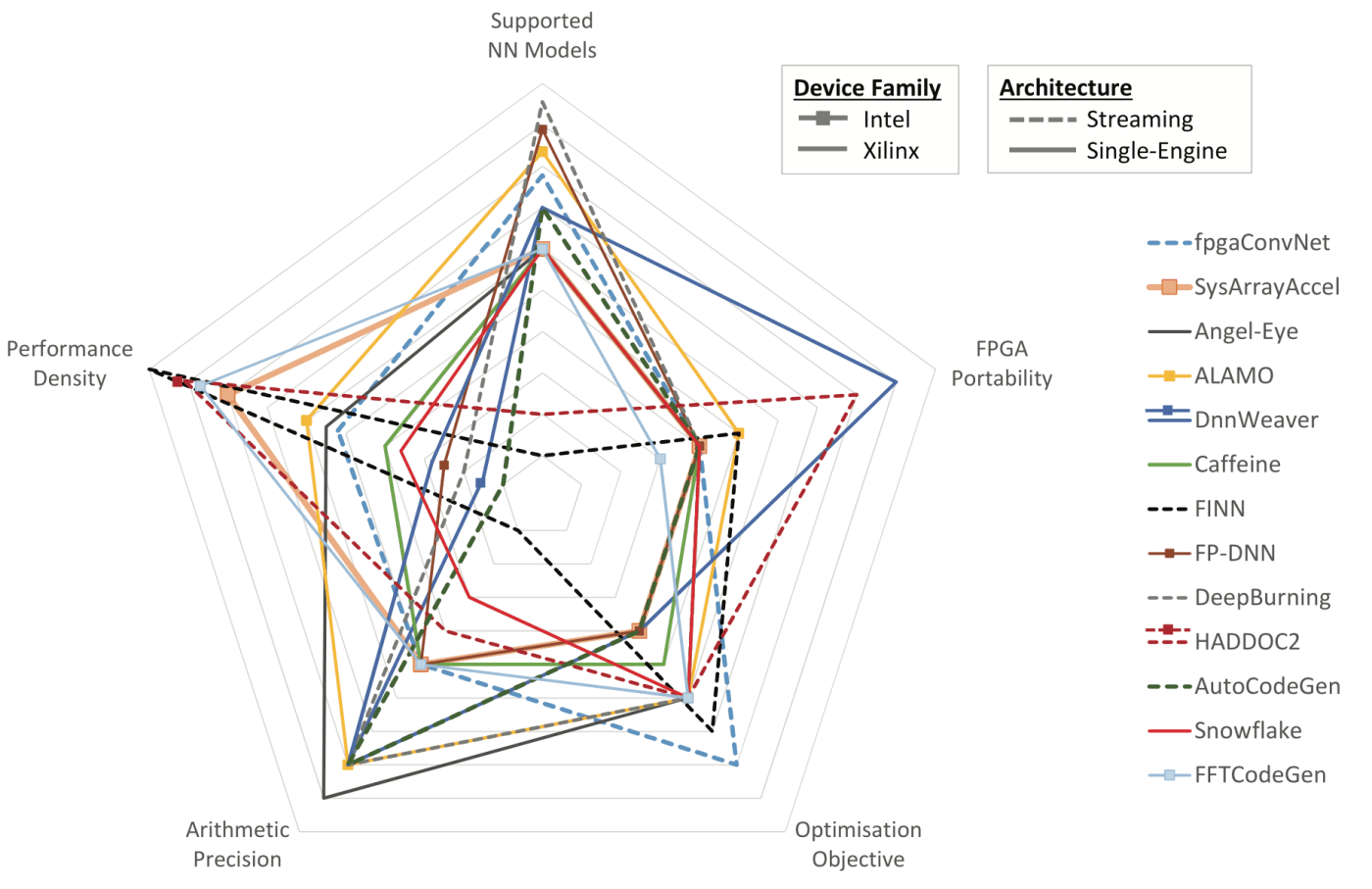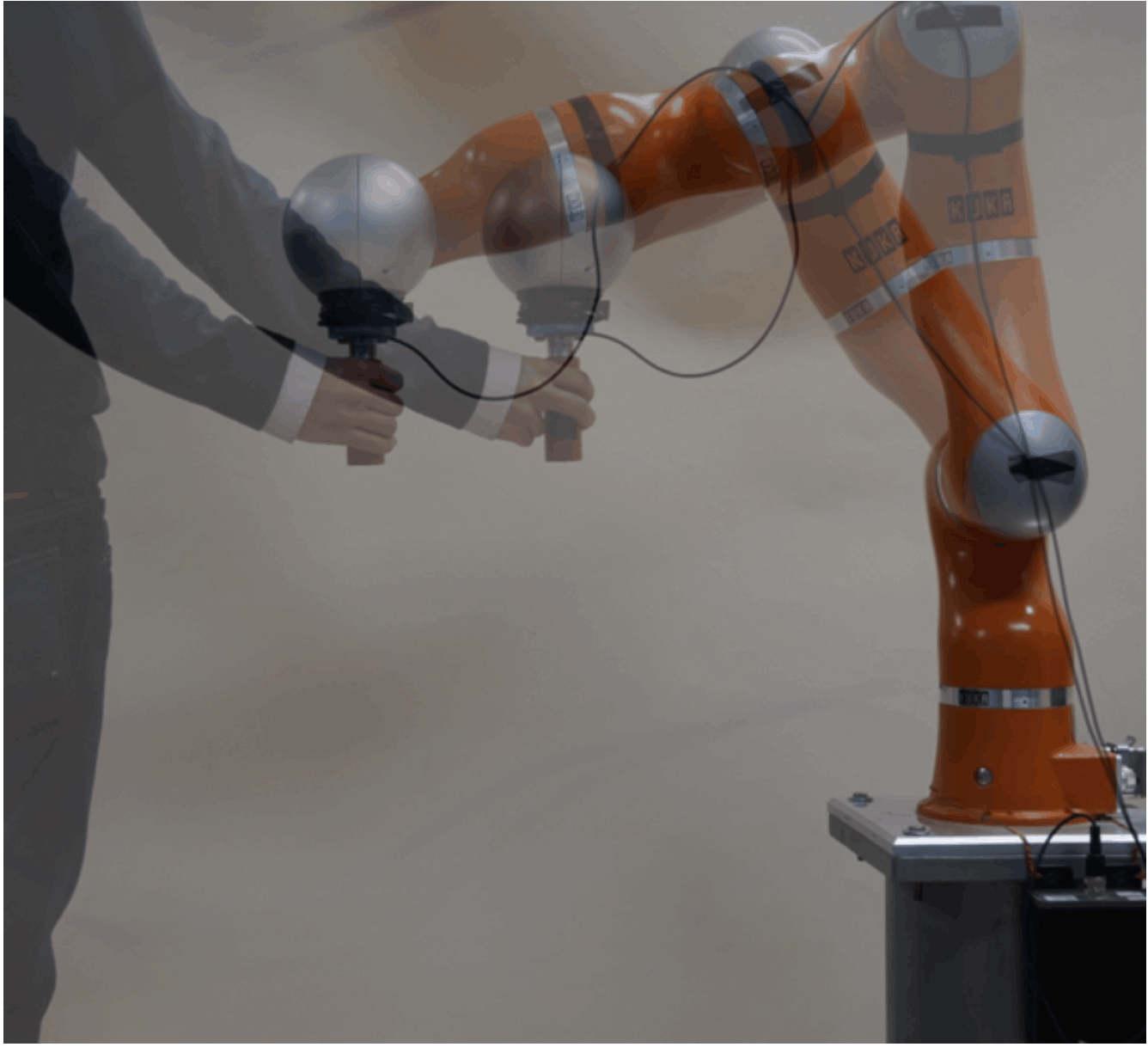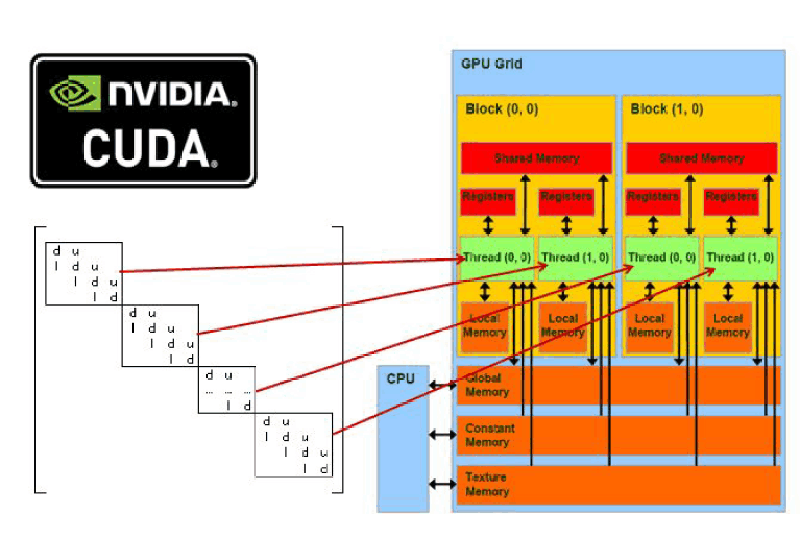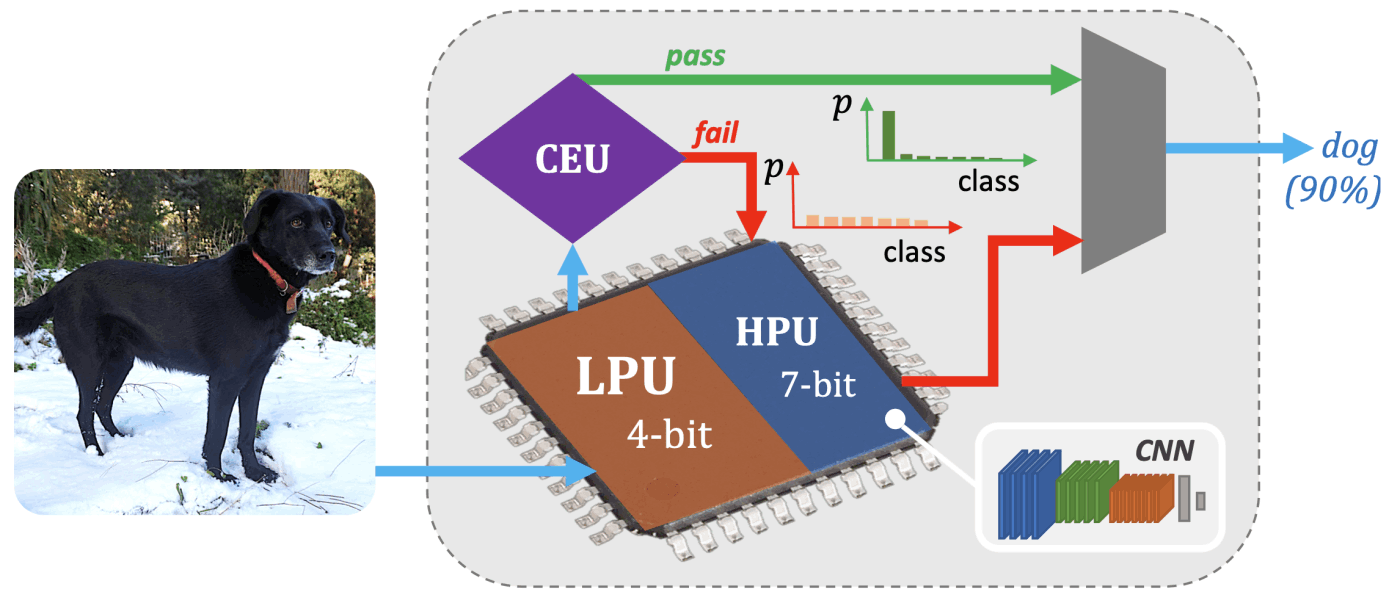
CascadeCNN
Keywords: CNN Quantisation, Embedded FPGAs, Design Space Exploration, Performance Modelling, Input-Dependent Computation, Adaptive Inference
->A novel two-stage FPGA-based accelerator for CNN classifiers, exploiting the fact that not all input require the level same numerical precision in computations to yield a confident prediction, without the need of model re-training.
->Comprises an excessively quantised low-precision unit (LPU) providing rapid classification predictions, followed by a confidence evaluation unit that determines which samples should be re-processed by a high-precision unit to restore accuracy, based on the LPU prediction confidence.
->Analytical performance modelling and Design Space Exploration is employed to parametrise a configurable hardware architecture yielding an tailored instance for the given CNN-FPGA pair, according to user-specified requirements in performance (throughput or latency) and accuracy.
Research Project at: iDSL, Imperial College London
Joint work with: S.Venieris, C.S.Bouganis
